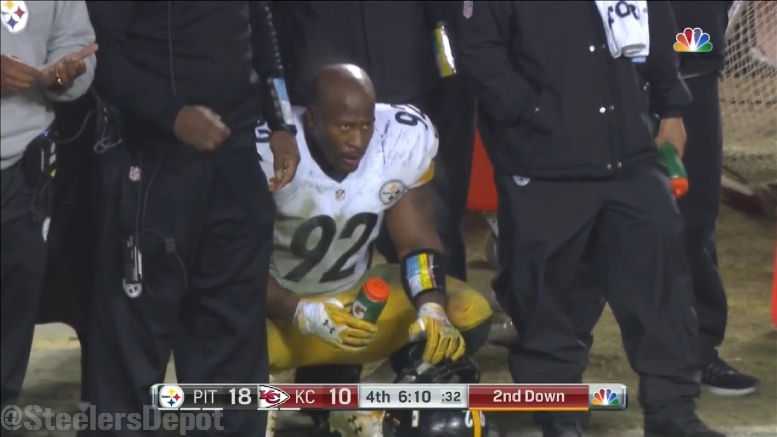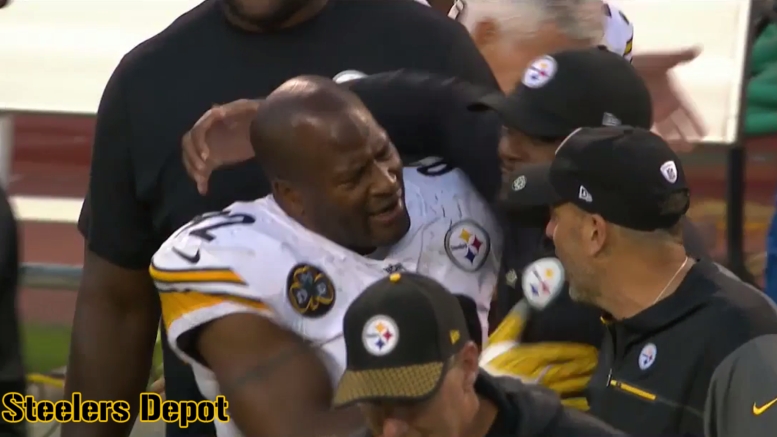After quite a long wait, we finally have the answer as to whether or not the Pittsburgh Steelers would exercise the fifth-year option for former 2013 first-round selection, outside linebacker Jarvis Jones. The deadline was just a few hours ago, and the front office chose to allow the deadline to go by without acting.
There are several things that this decision, or non-decision, actually means, and several that it does not, so it would be worthwhile investment to go through some of the implications of the Steelers choosing to decline the fifth-year option on Jones’ rookie contract.
For starters, it currently means that the pass rusher, who will turn 27 in October, is slated to become an unrestricted free agent at the start of the 2017 league year upon the completion of his fourth season. This much is obvious, of course, but a lot can still happen between now and then.
It’s unclear whether or not anything will happen between now and then, of course, but it is not a sure thing that there will be no action. With Jones now entering the final year of his contract, he could potentially be a summer target for a more modest extension than would have been the fifth-year option value.
That is, of course, the likely primary reason that Jones’ option was not picked up, because it was valued at nearly $8.4 million for the 2017. While it would not have been guaranteed until the start of the 2017 league year barring injury, that amount would function as the opening negotiating figure, and the Steelers would not be interested in negotiating anything in that ballpark.
Should the front office wish to work out an extension with Jones this summer (one 2013 first-round pick, Lane Johnson of the Eagles, has worked out an extension), they would be able to do so from a much more leveraged negotiating position, which would make re-signing him a much more realistic scenario with James Harrison also entering his final season at the age of 38.
History suggests that the decision could go either way. The Seahawks chose not to exercise the fifth-year option of Bruce Irvin, and he managed to capitalize on the open mark, signing with the Raiders. The Buccaneers did the same for Doug Martin, and the two sides managed to work out a long-term contract the following season.
Of course, Jones has not been as productive as either of the aforementioned. Including the postseason, he has recorded six sacks in 37 games, forcing three fumbles and intercepting one pass. He has not given the indication that year four should see him take off from a production standpoint.
Declining the option does offer a bit of flexibility. If he actually does take off, they still have the option of tagging him in some form next season. If he does not, however, they would not have to release him to get out of his contract, which, at a bare minimum, keeps his value alive in the compensatory formula.
It also allows the Steelers to decide whether or not they see Jones in their future, and that is now a decision that can be made during the summer, or which can be delayed until after seeing how he performs this season. Operating without a 2017 contract value in particular makes the negotiating process a more attractive option if or when it takes place from a financial perspective.






